Happy Saturday and happy three day weekend! Having Labor Day off is always sooo nice after the beginning of the school year. 🙂
You might already know that I also write on the “Who’s Who and Who’s New” collaborative blog, and today I’m teaming up with a few of the other bloggers for a little fun Labor Day Weekend blog hop! Each one of us will be sharing an idea and a freebie on the topic of student collaboration.
My experience is in the primary grades, and getting young kids to productively work together has always been challenging for me! But when the little ones do work together well, it’s such a valuable learning experience for them.
A “turn and talk” or “Think-Pair-Share” is a great collaborative talking activity that can be used in any lesson, any subject area. You simply ask the kids a question, give them a moment to think, and then have them turn and talk about the question with a partner. It sounds simple…but doesn’t always go that smoothly with primary kiddos! Read on for some ideas to help make partner talk more effective.
One challenge I’ve had is that once you even mention that the students will be doing a turn and talk, kids will immediately stop listening and start trying to find a partner. And then they have no idea what they’re supposed to be talking about! Here’s what I did to get around this:
1. Pose the question, just as you would any question: “I want you to think about this question for a minute: How would the book have ended differently if the main character didn’t apologize?”
2. Pause and give students a moment to think.
3. Give them the “turn and talk” cue: “Turn and talk with a partner about how you think the book would have ended differently.” (Even if they stop listening after you say “turn and talk,” they’ll at least have heard the question one time!)
Another challenge I had was that when the kids started to talk, one child would do all the talking and the other one would just nod and not say anything – not necessarily because they didn’t want to participate, but because they had intended to say what the first person already said. One idea to help prevent this from happening is to be very intentional about the kinds of questions you ask. Open ended questions are best for turn and talk activities. You can also quickly assign roles for each partner. For example…
– “Describe the water cycle with your partner. You should take turns each telling a step” instead of “Describe the water cycle with your partner.”
– “With your partner, make a prediction about what will happen next in the book. One person can make the prediction and the other person can try to think of some evidence in the text to support that prediction” instead of “Tell your partner what you think will happen next in the book.”
When I was teaching second grade, I also found that using sentence starters to guide partner talk was really helpful. One person responds to the question, and the second person uses one of these sentence starters to respond to his/her partner. Here’s a list of “Ways to Respond to a Partner” that you can print and hand out to students or display under a projector during turn and talk activities. Click on the image to download for free!
What other great tips do you have for making turn and talks effective? Comment below, and then hop on over to Amy’s blog for more tips and a freebie about having students work together!
Have a wonderful and relaxing long weekend!


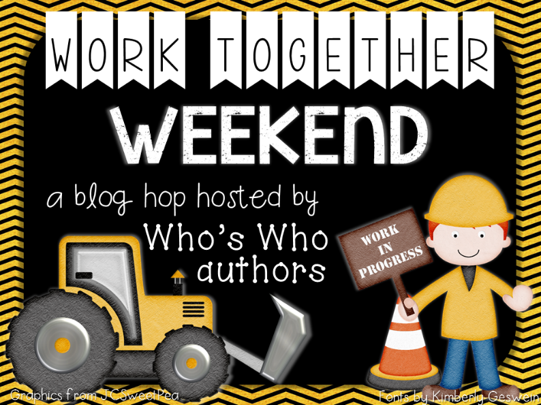
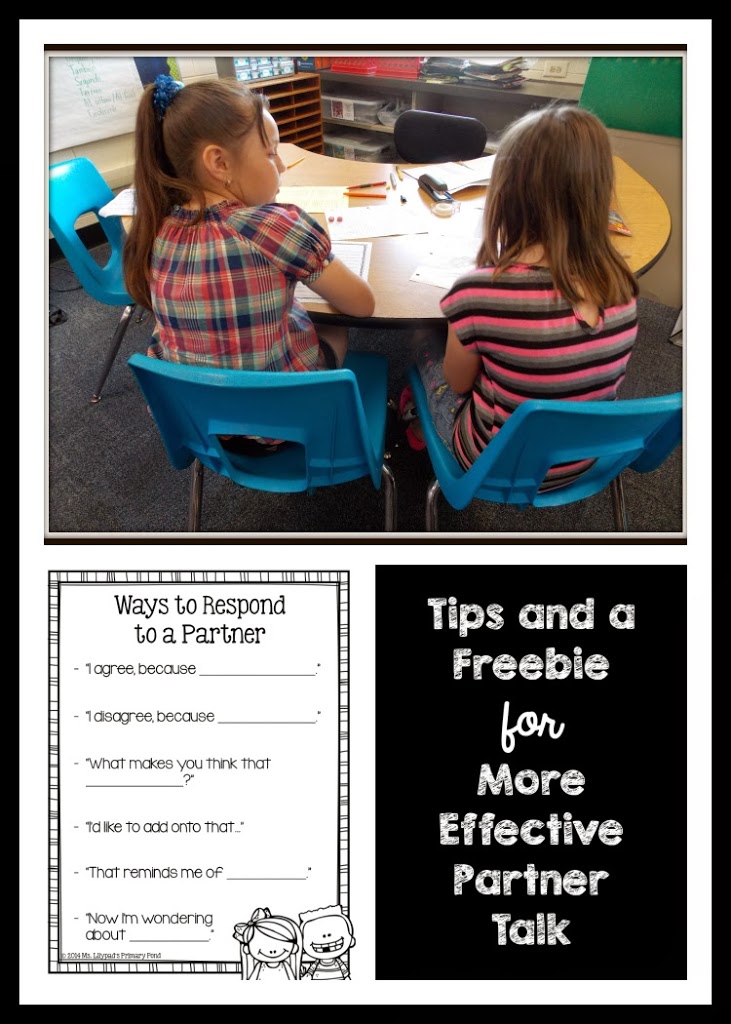
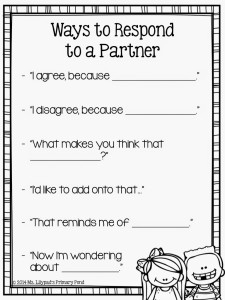
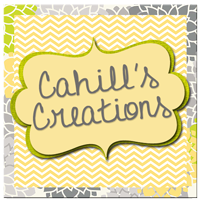
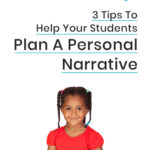

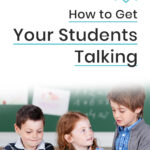
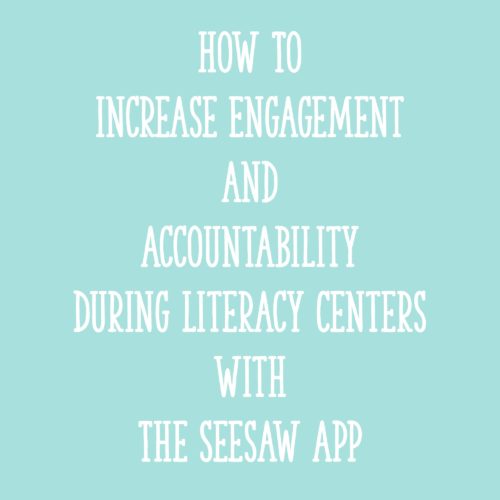
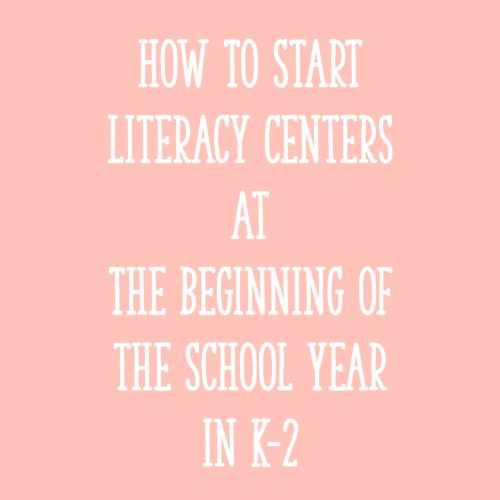
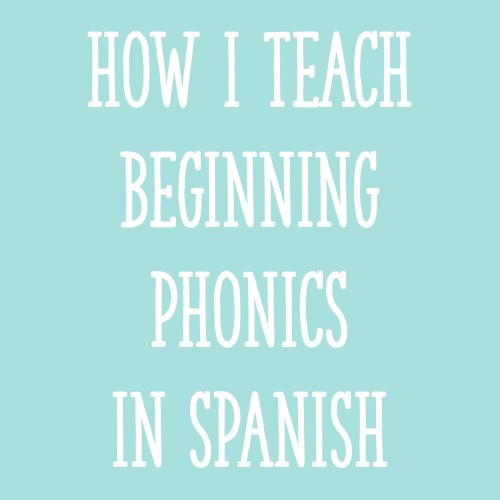






Love it! I hope to begin using an accountable talk method with my second grade students in order to support children with their speaking and listening skills.
Awesome!! Oral language is such an easy thing to overlook but so important!!
Alison